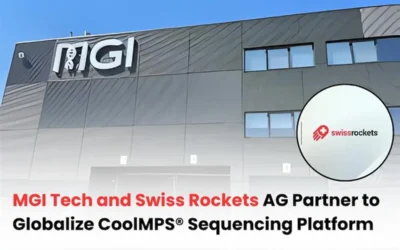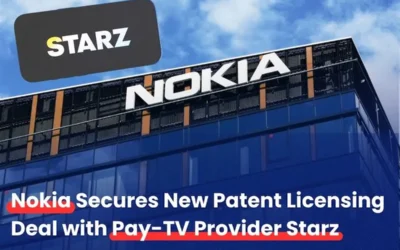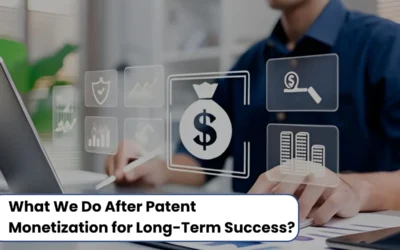
In today’s technology-driven world, a patent is one of the most powerful assets a business or brand can own and patent monetize is only one option to safeguards inventions and ideas, ensuring they remain protected in an increasingly competitive market. everyone want to generate income through a patent, but face the problem of how to monetize patent? However, simply owning a patent is not enough. For most innovators and companies, the real value lies in their monetary potential — the ability to generate revenue from their intellectual property. Many beginners in this space are unaware of the right methods of patent commercialization, often choosing the wrong path or leaving their patents underutilized.
What Is Patent Monetization?
Patent monetization is the process of turning patents into real money, helping businesses generate revenue and stay competitive in the market. It is a fully legal practice, and there are multiple ways to achieve it, such as:
- Licensing
- Selling
- Transferring
- patent pooling
- Litigation
- Patent Assignment.
However, it’s important to note that not every method suits every business or inventor. Every inventor is stuck on one question: How to monetize patent? The right approach depends on your goals, resources, and long-term strategy. In this article, we will mainly focus on three core methods of monetization: patent licensing, patent selling, and patent assignment.
What Is Patent Selling and How Does It Work?
Patent selling, as the name suggests, means selling or transferring a patent. In this process, the patent holder gives up full ownership and authority rights over the patent to the buyer. In return, the seller receives a lump-sum payment. You can think of it like selling land: when you sell your land, you get instant money, but you also lose all ownership and control over it.
This method is particularly suitable for those who:
- Need quick capital from their patents.
- Lack the resources, infrastructure, or funding to commercialize the invention themselves.
- No longer wish to keep or manage the patent for strategic or personal reasons.
The process of patent selling:
- Value Your Patent
- Find a Buyer
- Negotiate the Deal
- Sign the Agreement
- Register the Transfer
- Receive the Payment
What Is Patent Licensing?
In this method of patent monetization, rather than giving up full ownership in patent licensing, you grant permission to use the invention. In return, you receive royalties or licensing fees, usually repeatedly. Think of it like renting out a house: you still own the house, but someone else pays you regularly to use it.
This method is particularly suitable for those who:
- Have an interest in earning recurring income
- Prefer to retain ownership of the patent.
- Aim to expand into new markets without directly handling manufacturing or sales.
Read More: Patent Filing Process in India
The process of patent licensing:
- Value Your Patent
- Choose the Type of License
- Find Potential Licensees
- Negotiate Terms and Royalties
- Draft and Sign the Licensing Agreement
- Monitor Compliance and Collect Royalties
What Is Patent Assignment and How Does It Work?
Unlike licensing, where you keep ownership, assignment hands over rights (temporarily or permanently) depending on the agreement. For example, a company may assign patent rights to a subsidiary for use in a specific region or industry. It is more formal than licensing and must be recorded with the Patent Office.
This method is particularly suitable for those who:
- Want to transfer patents strategically (e.g., within group companies or to investors).
- Prefer partial control transfer (for certain regions, uses, or industries).
- They are involved in mergers, acquisitions, or collaborations where patents need to change hands.
The process of patent assignment:
- Value Your Patent
- Decide the Type of Assignment (complete or partial)
- Identify the Assignee (Buyer/Partner)
- Negotiate Terms of Transfer
- Draft and Sign the Assignment Deed
- Register the Assignment with the Patent Office
Patent selling is essentially a complete assignment, where the owner gives up all rights to the buyer for a lump sum. Patent assignment, however, is broader — it can be complete (like selling) or partial, where only certain rights are transferred.
Read More: Understanding the Role of Blocking Patents: Benefits, Effects & Significance
Conclusion
Patents are powerful assets, and businesses can unlock their true value through selling, licensing, or assignment. While selling offers quick returns, licensing ensures ongoing income, and assignment provides flexibility in transferring rights. Choosing the right path depends on business goals, resources, and long-term strategy — but smart patent monetization can turn innovation into lasting growth.









